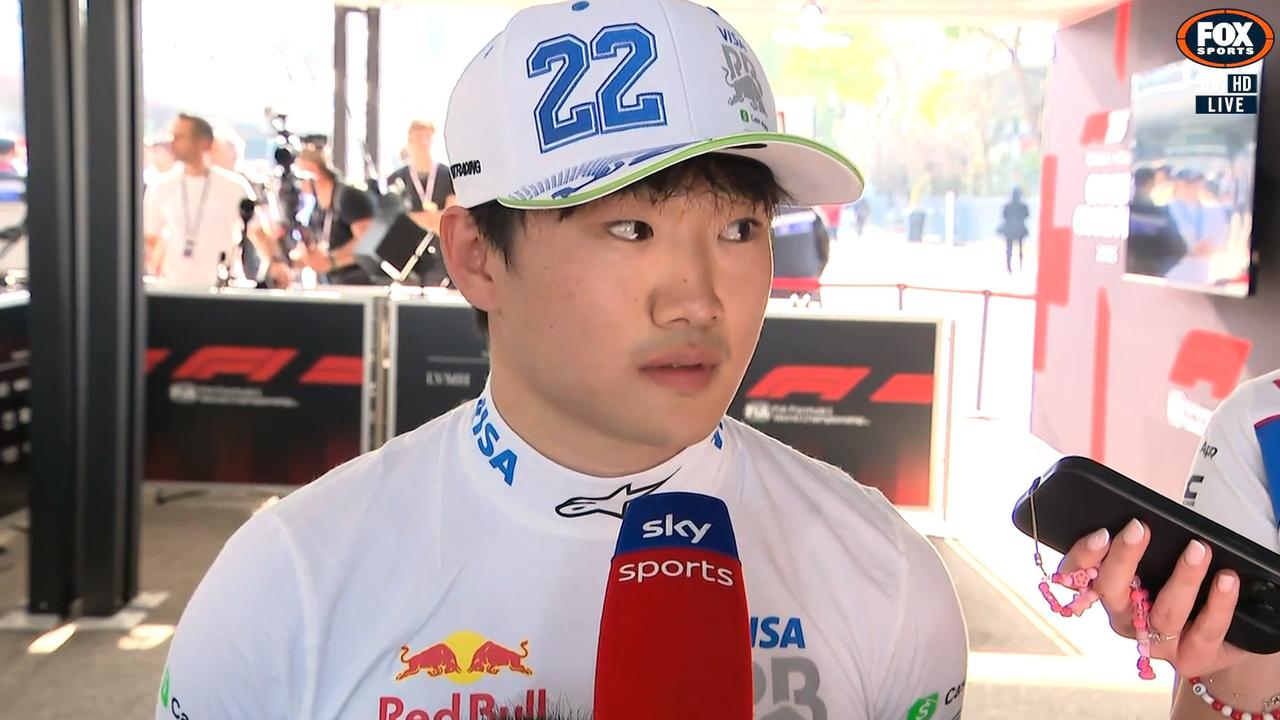Unexpected Response: F1 Star's PR Damage Control Backfires Spectacularly
The Formula 1 world is abuzz after Lewis Hamilton, the seven-time world champion, faced a PR crisis of epic proportions following a controversial post-race interview. His attempt at damage control, however, has sparked even more negative attention, highlighting the complexities of navigating public perception in the high-stakes world of professional motorsport.
The Initial Incident: A PR Nightmare Unfolds
Hamilton's outburst following the Monaco Grand Prix, where he finished a disappointing fifth, caused a ripple effect across social media and mainstream news outlets. His comments, perceived by many as disrespectful to both his team and fellow competitors, went viral, attracting significant criticism from fans and pundits alike. The initial reaction was swift and overwhelmingly negative, highlighting the vulnerability of even the biggest names in the sport to the power of social media.
Key elements contributing to the initial PR disaster:
- Emotional outburst: Hamilton's raw emotion, while understandable, lacked the professionalism expected from a global sporting icon.
- Unfiltered comments: The lack of media training was evident, with spontaneous remarks fueling the negative narrative.
- Social media amplification: The incident spread rapidly across various platforms, exacerbating the negative publicity.
The Failed Damage Control: A Case Study in PR Blunders
Instead of issuing a carefully crafted apology acknowledging his mistake, Hamilton's team opted for a series of seemingly contradictory statements and social media posts. This strategy, far from mitigating the damage, only deepened the crisis.
Why the damage control strategy failed:
- Lack of sincerity: The statements felt insincere and defensive, failing to address the root cause of the problem.
- Inconsistent messaging: Contradictory statements from different sources within the team further confused the public and fuelled speculation.
- Ignoring public sentiment: The team failed to acknowledge the widespread negative reaction, further alienating fans.
Learning from the Lewis Hamilton PR Crisis: Lessons for Brands
This high-profile incident offers valuable lessons for all brands, particularly those operating in the high-pressure world of professional sports:
- Proactive crisis communication: Having a well-defined crisis communication plan is crucial to address issues swiftly and effectively.
- Authenticity over spin: Genuine apologies and transparent communication are vital for regaining trust.
- Consistent messaging: All communication channels must deliver a unified and consistent message.
- Listen to the audience: Monitoring social media and other platforms to understand public perception is vital.
- Professional media training: Investing in media training for key personnel can prevent similar crises from unfolding.
The Long Road to Recovery: Rebuilding Reputation
Hamilton’s team now faces a significant challenge: repairing his damaged reputation. This requires more than just issuing apologies; it demands sustained effort to demonstrate genuine remorse and a commitment to improved behavior. The coming weeks and months will be crucial in determining how effectively he and his team navigate this difficult period.
Keywords: Lewis Hamilton, F1, Formula 1, PR crisis, damage control, Monaco Grand Prix, social media, crisis communication, reputation management, media training, public relations, brand reputation, sports marketing
Related articles (Internal Links - replace with actual links to relevant articles on your site):
- [How to Handle a Social Media Crisis]
- [The Importance of Media Training for Athletes]
- [Crisis Communication: A Step-by-Step Guide]
External Links (Relevant and reputable sources):
- [Link to a reputable news source covering the initial incident]
- [Link to an article on effective crisis communication strategies]
Call to Action: Facing a PR crisis? Contact us today to discuss your options and create a robust crisis communication strategy.
